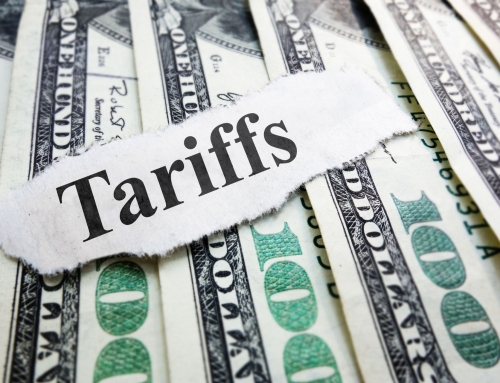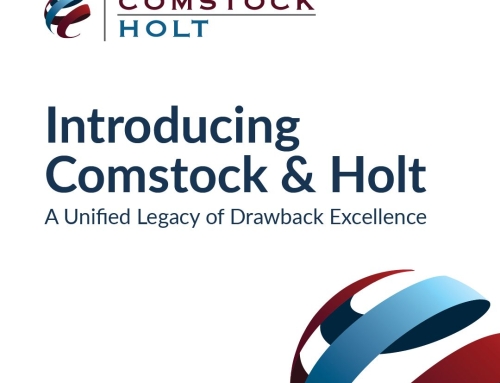When my daughters were young, we gave them some ducklings one Easter as pets. We ended up raising ducks for a number of years and learned a lot of life lessons from the experience. We also learned that the particular ducks we had were the white “domesticated” duck, also known as the Pekin Duck. These were first bred from Mallards in China and were introduced into our country in 1873. They are typically raised for eggs and for meat, but make excellent pets because of their friendly disposition.
One of the interesting things we observed was how an injured duck was treated by its peers. When one duck had an exposed sore or injury, the other ducks would continually peck at the injured bird until we finally had to separate the victim from the rest of the flock for its own safety. The flock treated the injured fowl as something to be disdained or rejected, something that was imperfect and less than acceptable – a lame duck. In the mid-18th century the term “lame duck” was used to describe any disabled person or thing, and the term is currently used to describe a session of Congress that meets after an election but before the new Congress convenes.
The current lame duck session of Congress has been entertaining two versions of Customs Reauthorization legislation that contain many trade-related provisions including key aspectsof the 10-year effort to streamline and modernize duty drawback. H.R. 6642, the CustomsTrade Facilitation & Enforcement Act of 2012 (the Brady bill), was introduced by the Republicans. H.R. 6656, the Customs Enhanced Enforcement & Trade Facilitation Act of 2012 (the McDermott bill), was introduced by the Democrats.
Although the bills as a whole are quite different in focus and content, the drawback
sections are identical. The bills were meant only as placeholders and were introduced to allow stakeholders an opportunity to comment and provide input. They will be re-introduced in the next Congress after comments have been reviewed by the House Ways & Means Committee. We expect the Senate will introduce its own version in 2013.
The drawback sections of these bills contain a number of interesting propositions, such as eliminating inspections for all types of drawback and allowing substitution to be at the 8digit level for manufacturing and rejected merchandise claims. A new time frame is
proposed for all types of drawback which would be 5 years from the date of import to the date of filing of the drawback claims. This would shorten the current time frames of 3 years from import to export and 3 years to file for unused merchandise claims, and 5 years from import to export and 3 years to file for manufacturing claims. There are also proposals to rely on “records kept in the ordinary course of business” to prove export and to replace both Certificates of Delivery and Certificates of Manufacture and Delivery.
We are already aware that the bills as proposed raise a number of issues. An evaluation must be made as to the financial impact of extending 8-digit HTS substitution to 1313(j)unused merchandise claims before such a change can be proposed. Companies that currently use apportionment for claiming on elements found in various source materials will need to lobby for a special carve-out in order to remain eligible for drawback. It is -proposed that there will be a two-year transition period during which claimants can useeither the existing statute or move to the new amended statute, but this concept of claiming =under two very different statutes at the same time is not something favored by CBP.
Although these bills will not be passed in the lame duck session, it is important that we begin analyzing how these proposals could impact claimants and our efforts to expand and simplify the drawback statute. We will keep you informed on any further developments, and will seek your involvement to contact members of the House and Senate for their support regarding language changes we believe should be made.
Reminder About Exports to Chile
As we discussed in our December 2011 newsletter, the U.S – Chile Free Trade Agreement (FTA) went into force on January 2004. In addition to reducing or eliminating most tariffs and quotas for goods passing between the U.S. and Chile, it also contained provisions for reducing the drawback that could be refunded on exports to Chile.
According to this FTA, duty drawback on exportations to Chile will gradually be phased out on Manufacturing claims under 1313(a) and 1313(b), Substitution Unused Merchandise claims under 1313(j)(2), Substitution Petroleum Derivatives claims under 1313(p), and Packaging Material claims under 1313(q). The phase-out in drawback is as follows:
-Exportations from Jan 1, 2012 – Dec. 31, 2012 are reduced to 75% of eligible
drawback
-Exportations from Jan 1, 2013 – Dec. 31, 2013 are reduced to 50% of eligible
drawback
-Exportations from Jan 1, 2014 – Dec. 31, 2014 are reduced to 25% of eligible drawback
-Exportations on or after Jan 1, 2015 are reduced to zero drawback
Please note that Unused Merchandise Direct Identification claims under 1313(j)(1) remain eligible for full drawback and are not subject to the drawback reductions in the FTA.
Claims involving exports to Chile must be submitted separately, and must be clearly labeled “Chile FTA”. The claim calculation worksheet must show both the full amount of duties and/or fees eligible to be claimed, and the actual amount of duties and fees being claimed after the reduction.
We will be taking all of these provisions into account when preparing and filing drawback claims on your behalf. Please contact us if you have any questions regarding how this will affect your drawback program. (Source: CSMS #12-000546)
Sincerely,
David Simcox
Comstock & Theakston, Inc.
201-967-1220 x109
dsimcox@dutydrawback.com






